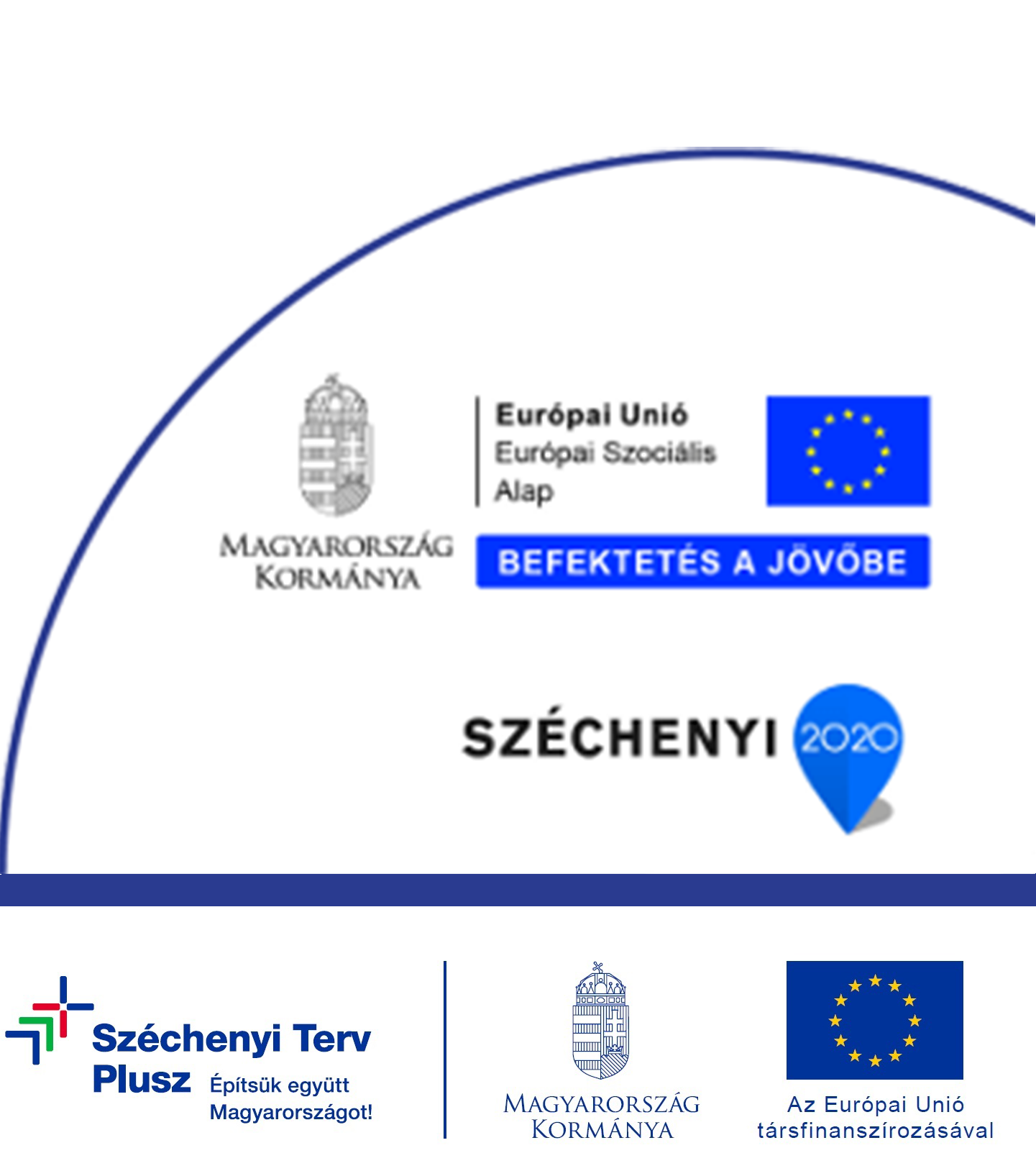Exploring the Storyboard Development Process for Fortune Mouse
The development of a popular online slot game like Fortune Mouse requires meticulous planning and execution, from concept to launch. One crucial step in this process is storyboard development, which lays the foundation for an engaging player experience. In this article, we here will delve into the storyboard development process for Fortune Mouse, highlighting key considerations, challenges, and best practices.
Understanding the Game’s Concept
Before diving into storyboard development, it’s essential to grasp the game’s core concept and mechanics. Fortune Mouse is a Chinese-themed online slot that combines elements of luck, strategy, and adventure. The game revolves around a mouse character named Lucky, who embarks on a journey through ancient China in search of fortune.
During pre-production, the game developers at our studio conducted extensive research on Chinese culture, mythology, and folklore to create an immersive experience for players. This involved studying traditional symbols, motifs, and themes associated with good fortune, such as dragons, phoenixes, and coins.
Defining the Gameplay Experience
Storyboard development begins with defining the gameplay experience, including key features, objectives, and player interactions. For Fortune Mouse, we aimed to create an engaging experience that balances luck, strategy, and progression.
Our team created a detailed storyboard outlining the game’s mechanics, such as:
- Base game rules: How players interact with symbols, wilds, and free spins.
- Bonus features: How specific rewards are triggered and what benefits they offer.
- Game modes: The types of games available, including base game, bonus rounds, and special features.
This detailed outline ensured that all stakeholders were aligned on the gameplay experience, allowing for more efficient development and testing phases.
Creating Visual Storyboards
Visual storyboards play a vital role in bringing the game’s concept to life. These interactive prototypes serve as a bridge between design and development, enabling teams to test and refine their ideas before investing significant resources.
For Fortune Mouse, our team created a range of visual storyboards showcasing key aspects of the game:
- Character designs: The look and feel of Lucky, the mouse character.
- Environmental designs: The temples, gardens, and mountains that players will explore.
- UI/UX design: The layout, graphics, and interactivity of game elements like buttons, menus, and notifications.
These visual storyboards not only helped our developers understand how the game would look but also identified areas for improvement before investing in final art assets.
Testing and Iteration
Storyboard development is an iterative process that requires ongoing testing and refinement. Our team conducted extensive playtesting to validate assumptions, identify areas of confusion, and gather feedback from a diverse group of players.
During this phase, we made significant changes to the game’s mechanics, including:
- Adjusting the frequency and type of bonus features.
- Refining the game’s balance between luck and strategy.
- Simplifying navigation and improving overall user experience.
This iterative approach ensured that Fortune Mouse remained engaging, intuitive, and fun for a wide range of players.
Key Considerations and Challenges
While developing the storyboard for Fortune Mouse, our team encountered several challenges:
- Balancing luck and strategy : Ensuring that the game’s mechanics provided an optimal balance between chance and player control.
- Meeting cultural sensitivities : Avoiding cultural appropriation or misrepresentation while incorporating traditional Chinese elements.
- Managing complexity : Balancing feature-rich gameplay with ease of use and accessibility.
By addressing these challenges through careful planning, testing, and iteration, we were able to create a game that resonated with players worldwide.
Best Practices for Storyboard Development
When developing the storyboard for your next casino or slot game, consider the following best practices:
- Keep it concise : Focus on key gameplay mechanics and essential features.
- Involve stakeholders early : Ensure all team members are aligned on the game’s vision and objectives.
- Conduct thorough playtesting : Validate assumptions and identify areas for improvement before investing in final assets.
By applying these best practices, you can streamline your development process, reduce costs, and create a more engaging experience for players.
Conclusion
The storyboard development process is an essential step in creating a successful casino or slot game like Fortune Mouse. By defining the gameplay experience, creating visual storyboards, testing and iterating, addressing challenges, and following best practices, you can develop a game that captivates players worldwide.
In the world of online gaming, attention to detail and commitment to excellence are crucial for standing out in a crowded market. As we continue to push the boundaries of what’s possible with Fortune Mouse, our team remains dedicated to delivering an immersive experience that leaves players eager to return for more.

